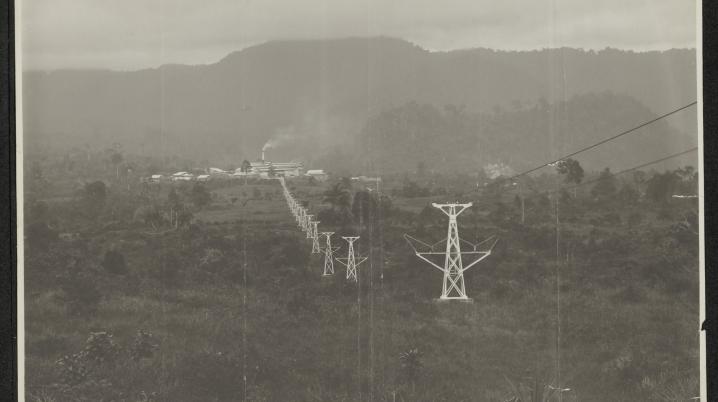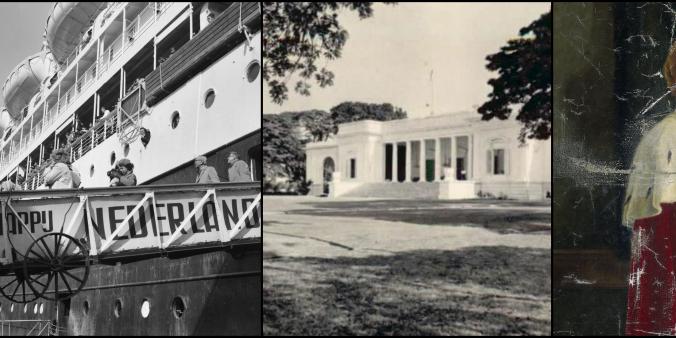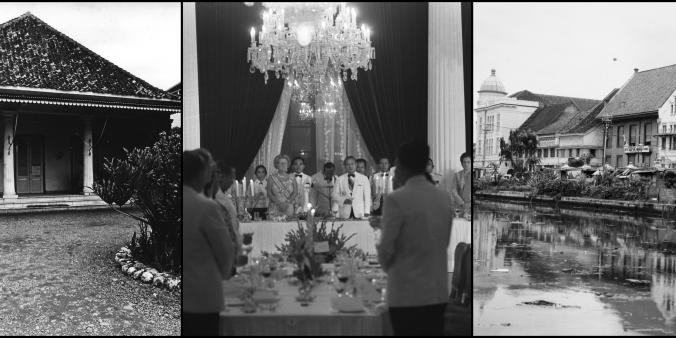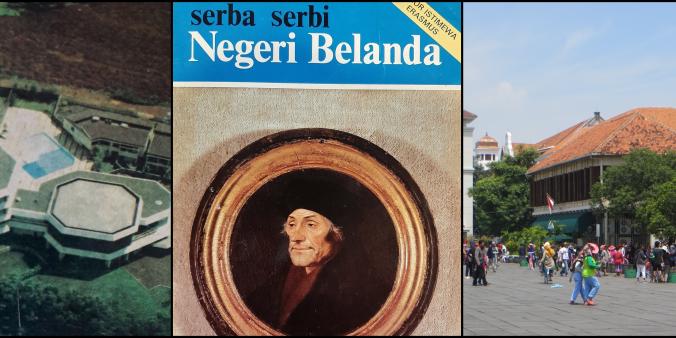
Filling the gaps of Indonesian cement history
Filling the gaps of Indonesian cement history
The Indonesian state cement company (Semen Indonesia Group, SIG) is planning to nominate its former factory, Indarung I, to be included on the UNESCO World Heritage List. It is the oldest cement plant in Indonesia and the first cement factory in Southeast Asia. No documents from the early years can be found in the SIG company archives, these have most likely been lost. To fill the gaps in knowledge, the National Archives of the Netherlands (NAN) was visited by a delegation from SIG in March.
Cement factory of Padang
The factory in Padang (West-Sumatra), now out of use, was built in 1910 by the Dutch East Indies Portland Cement Company (Nederlandsch-Indische Portland Cement-Maatschappij). The area of Padang was rich of limestone and silica stone, which were used as raw materials for making cement. In 1958, the company was nationalized by the Government of the Republic of Indonesia, after which several new plants (Indurang II, III IV and V) were developed. Today, PT Semen Padang (part of SIG) is still the largest cement producer in Indonesia.
Scanning on demand
In Indonesia, information on the cement factory during the colonial period is scarce. In order to compile a complete historical overview of the cement plant for the UNESCO nomination, SIG has reached out to NAN. NAN holds the archives of the Dutch East Indies Portland Cement Company with a series of annual reports from the period 1910-1960, as well as a photo album with images from the construction of the factory. These archives have been digitized to support SIG’s nomination efforts. We wish them all the best with their application.




